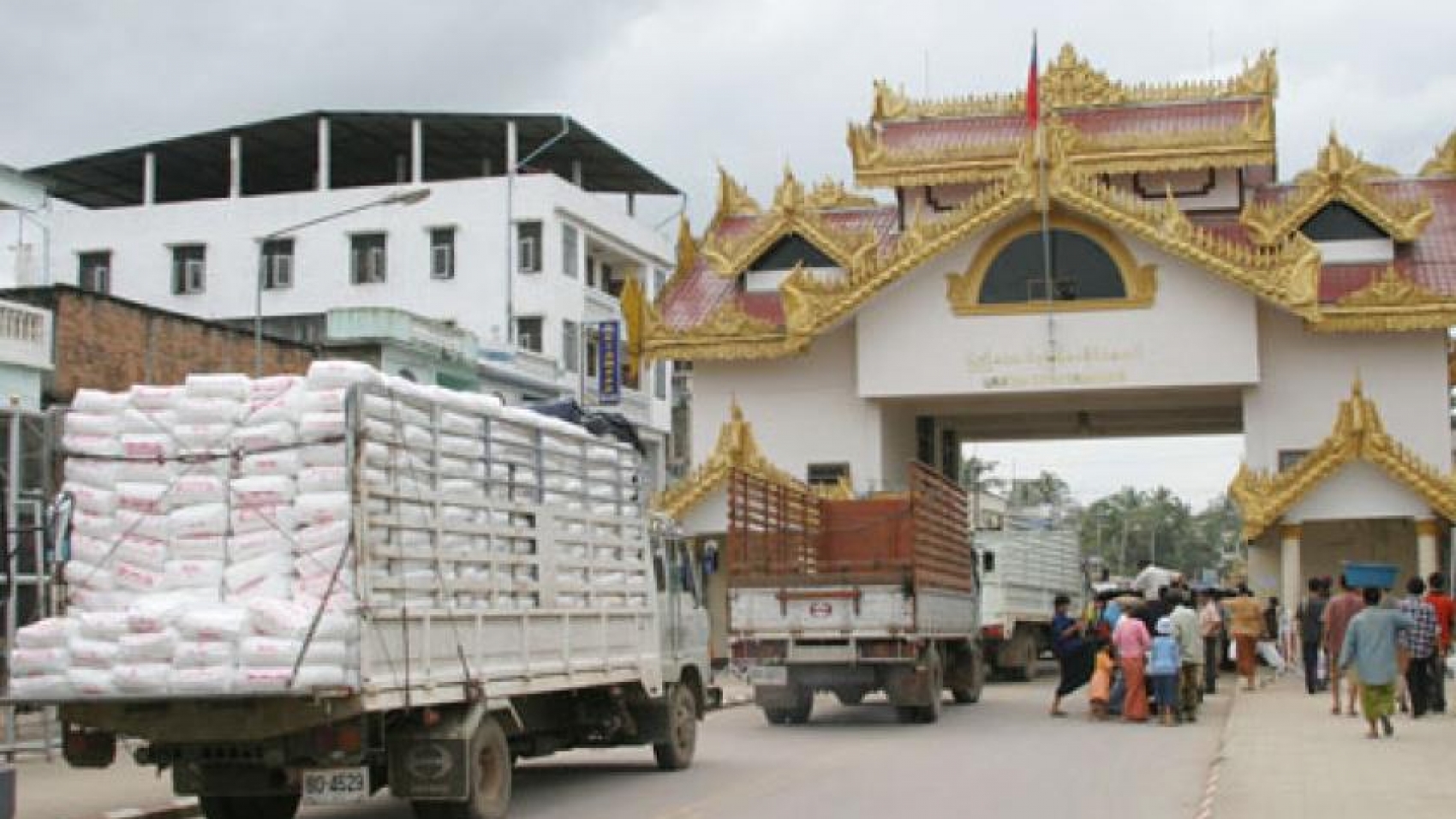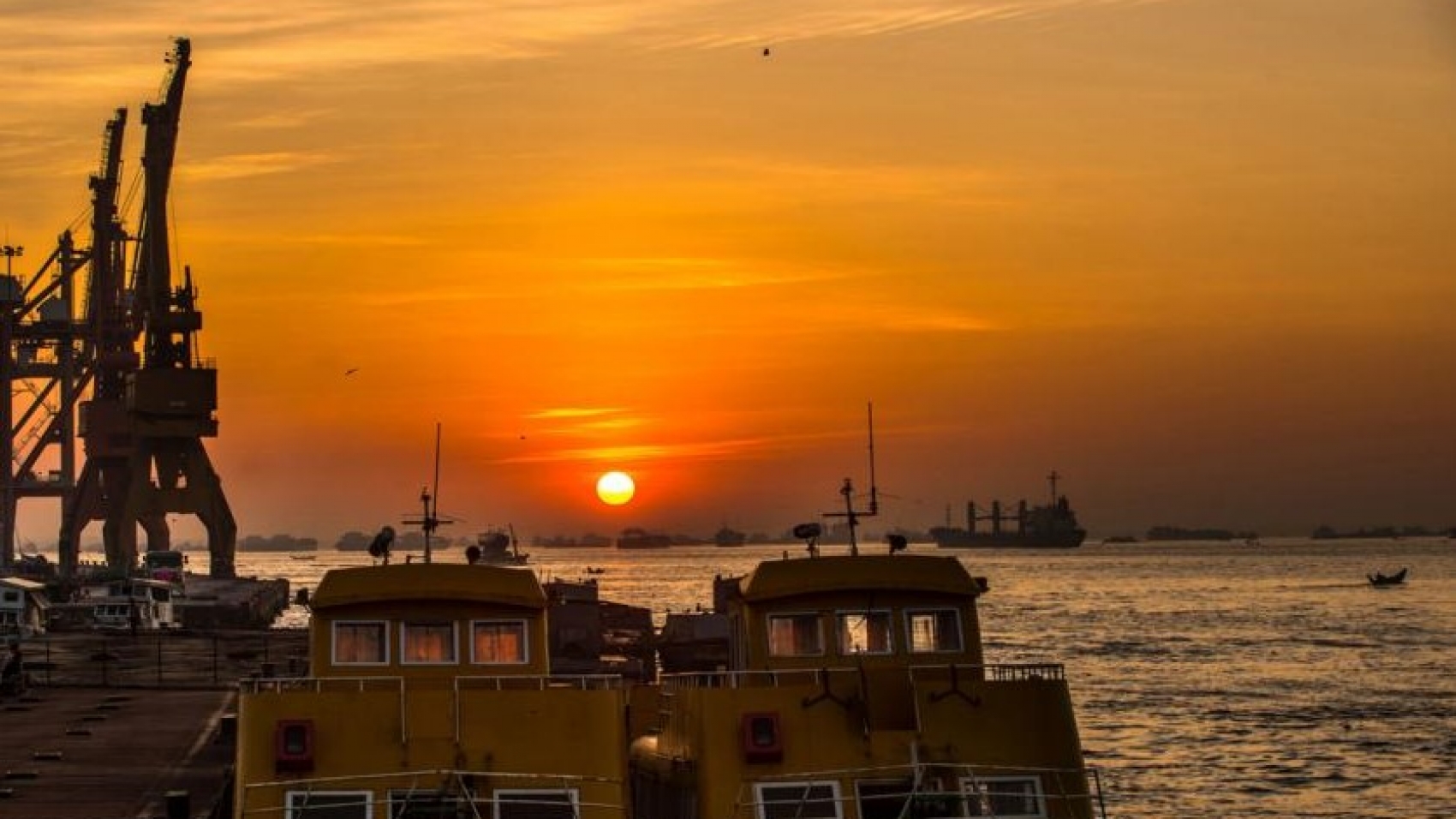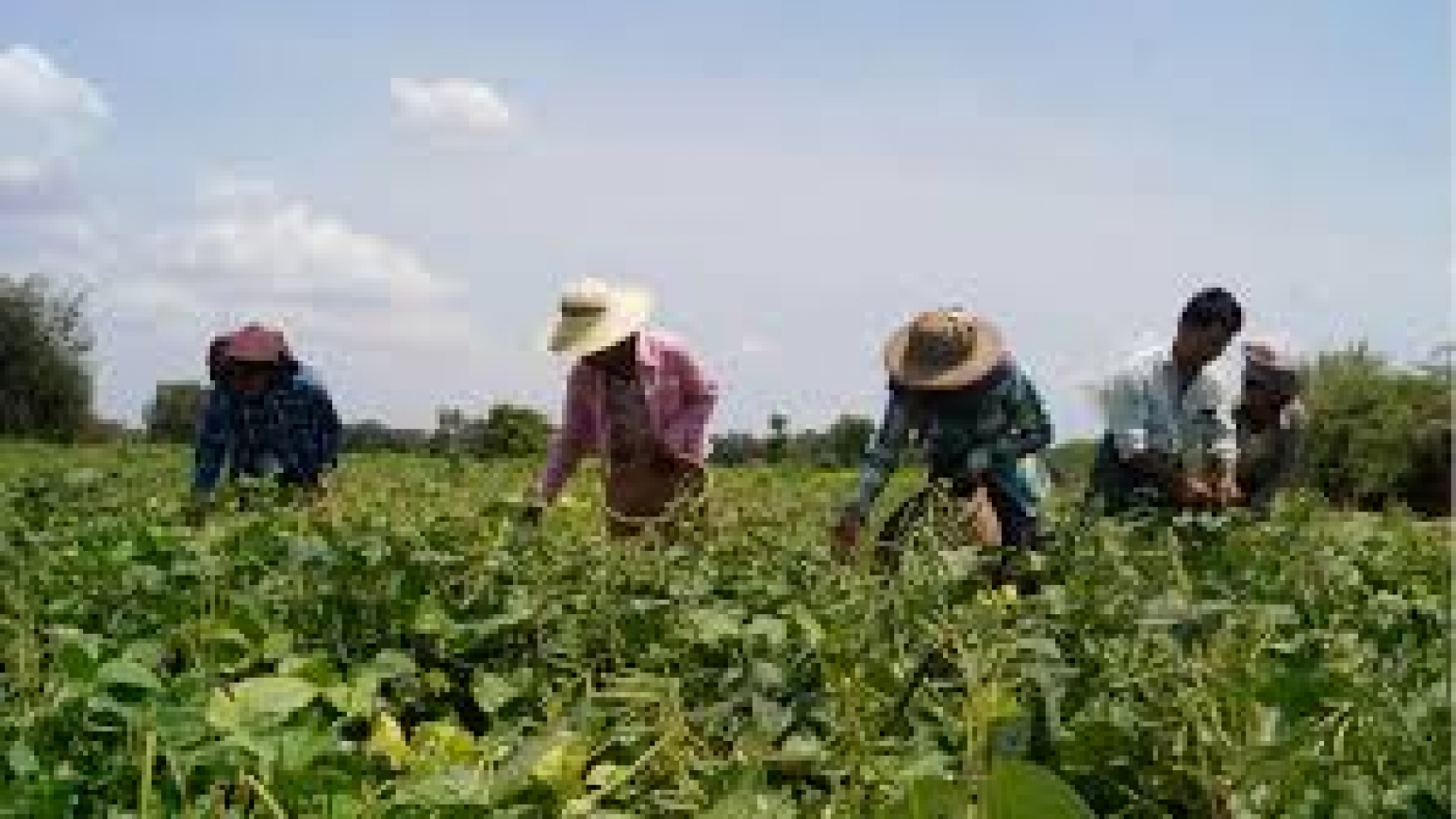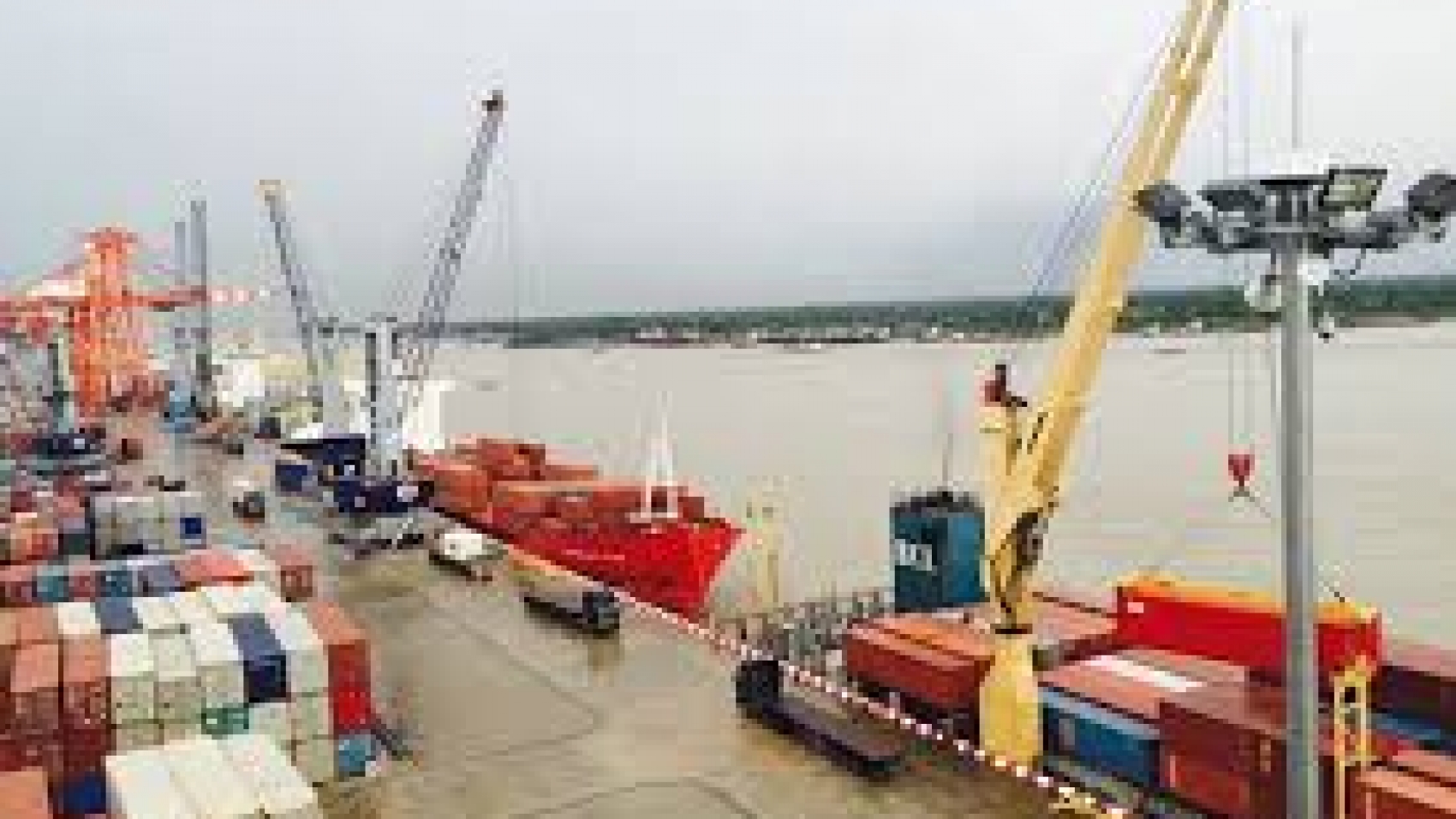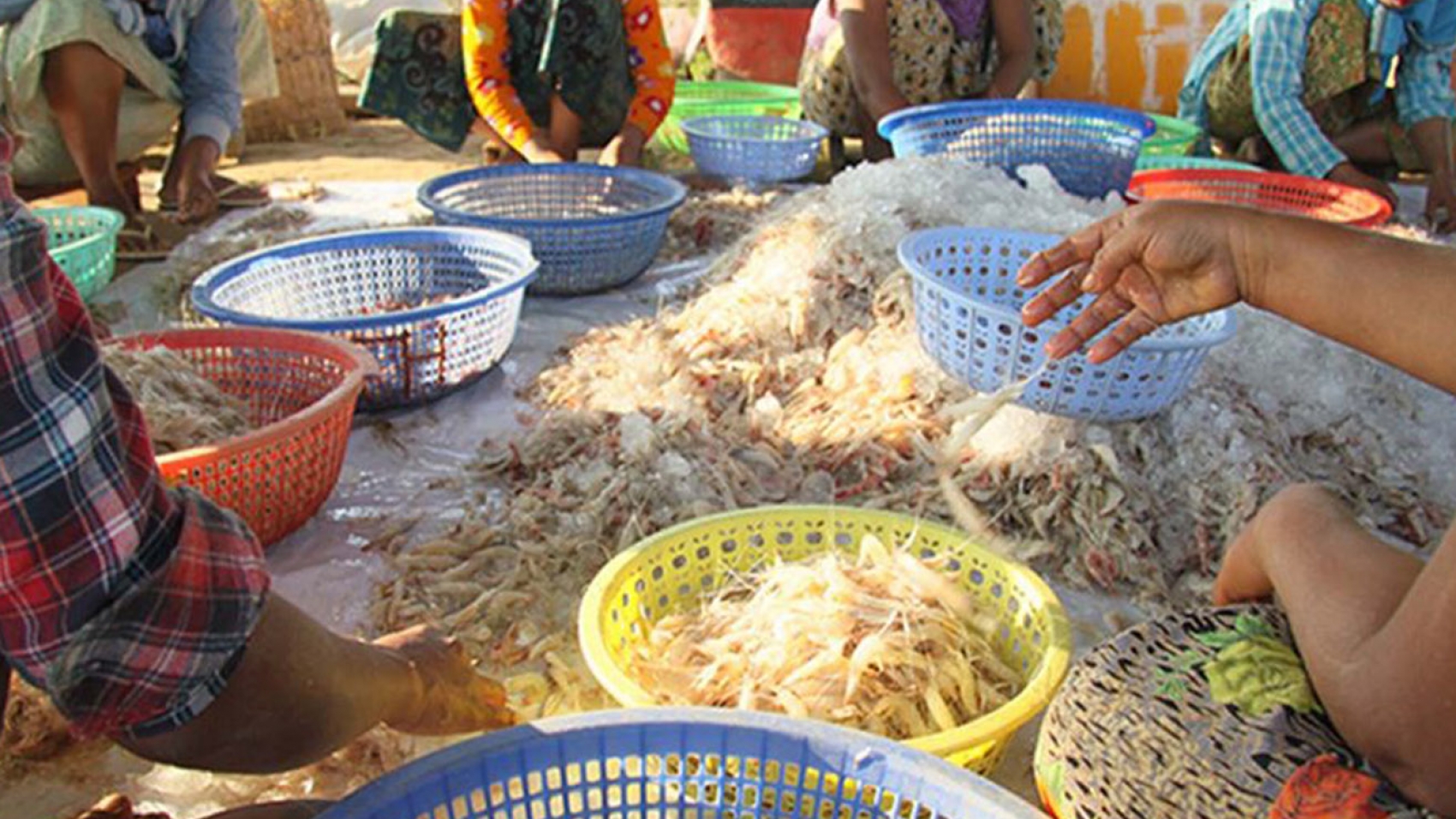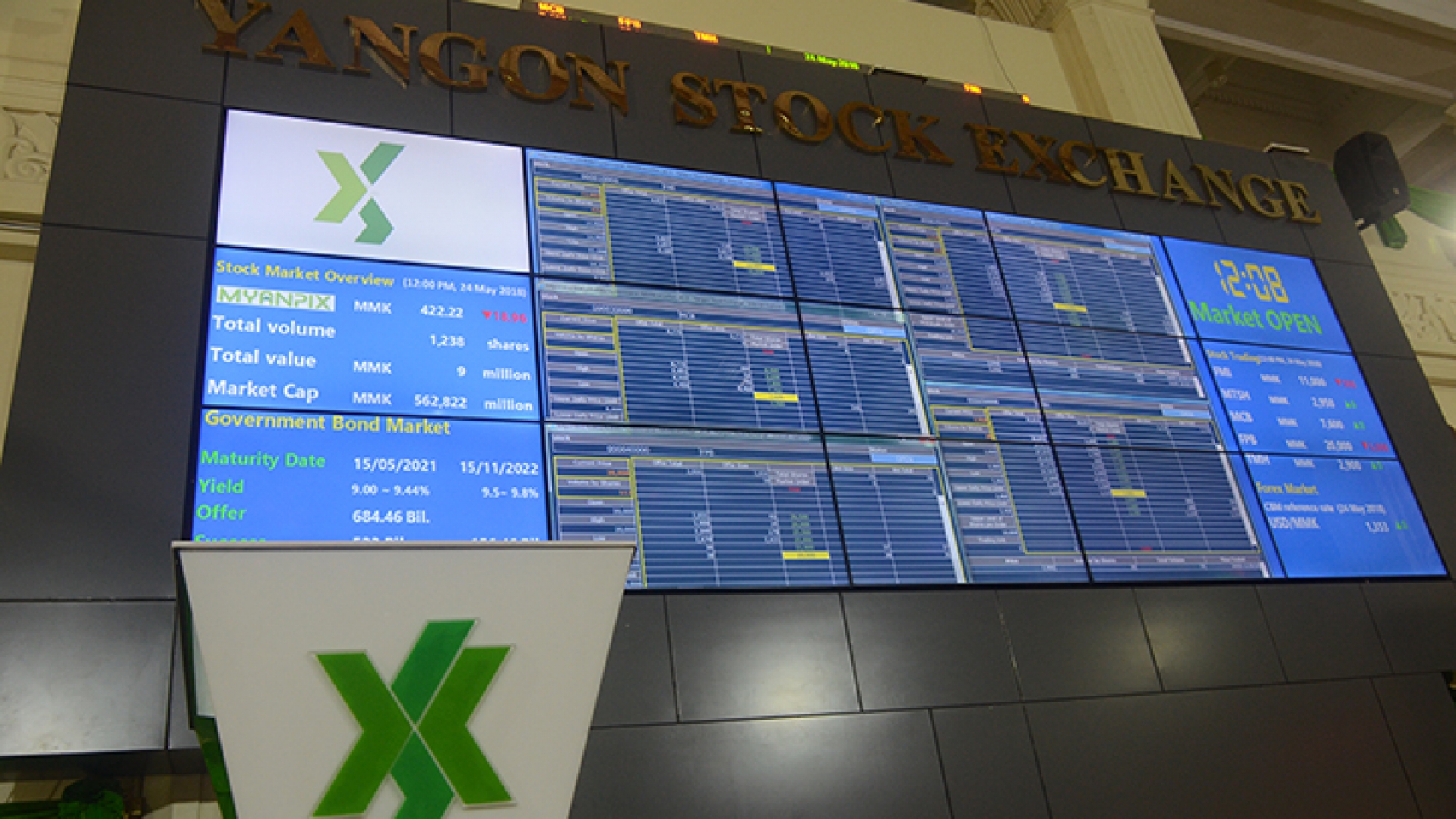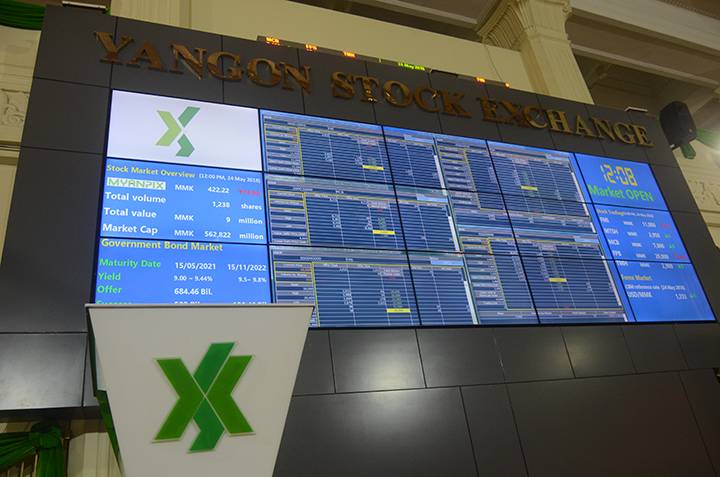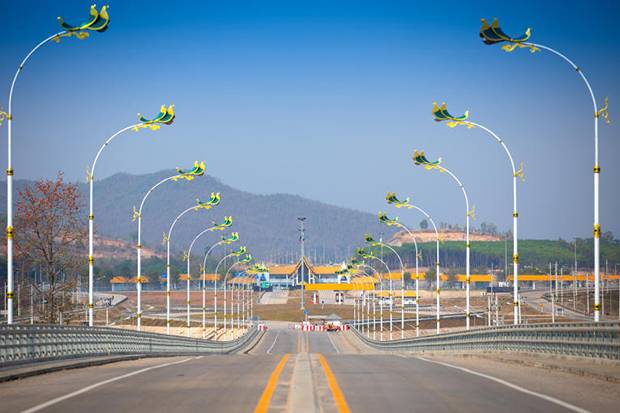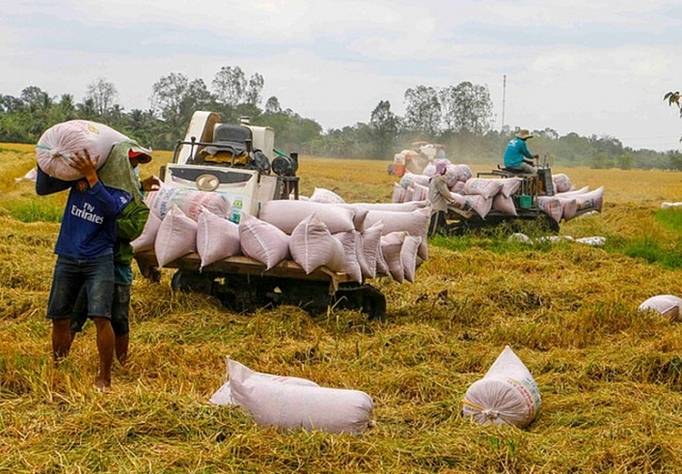Trade conducted by Individual Trading Card (ITC) holders touched a low of K43 billion through the land border in the last financial year 2019-2020, according to the data released by the Ministry of Commerce. The trade value plunged from K59 billion registered in the FY2018-2019 as both export and import sharply fell in the last FY2019-2020. The Trade Department issued 88 cards in the October-September period of the FY2019-2020, and the cardholders conducted trade worth K43 billion. While imports exceeded K40 billion, exports were valued at just K3.25 billion.
The Myawady border recorded the highest trade value at K28 billion in the last FY, according to the Commerce Ministry. But, the figure only reflected imports as individual trading cardholders did not export goods through the Myawady gate.
The value of trade carried out by individual cardholders stood at K450 million at Tamu, over K10.8 million at Muse, K188 million at Tachilek, K39.4 million at Lwejel, K488 million at Kampaiti, over K2 billion at Kawthoung, K680.9 million at Reed, K7.7 billion at Mawtaung, K3.4 billion at Hteekhee, and K183 million at Kengtung, as per data from the Commerce Ministry. Individual trades topped K737 million in the period from 21 November 2012 to 31 March 2013; exceeded K6.6 billion in the FY2013-2014; reached K9.37 billion in the FY2014-2015; stood at over K6.4 billion in the FY2015-2016; rose above K18.5 billion in the FY2016-2017; touched K45.9 billion in the FY2017-2018; K22.5 billion during the 2018 mini-budget period (April-September); and K59 billion in the FY2018-2019.
Trading with the use of ITC is based on local currency. Hundreds of exports and imports items have been allowed for individual trading at the border checkpoints. The trade department has issued 1,775 cards so far intending to boost trade. People in business can trade goods worth K3 million per day using ITCs, and the Trade Department has permitted trade of up to K15 million per day over five days.
Source: The Global New Light of Myanmar

